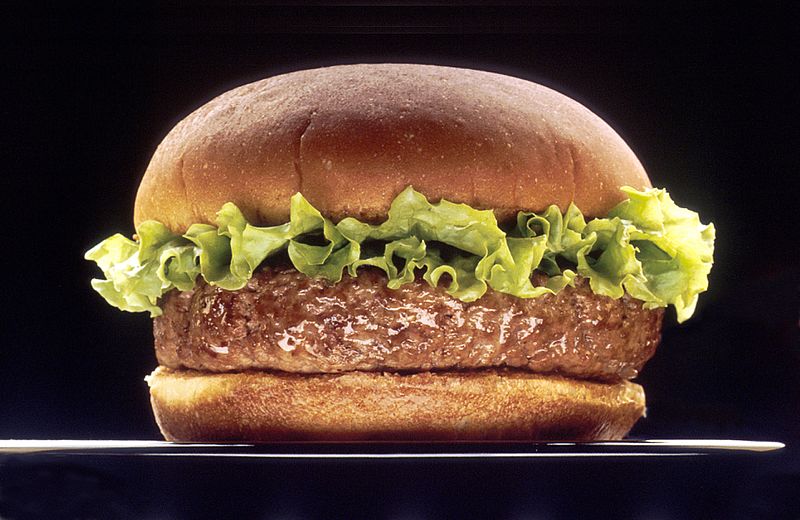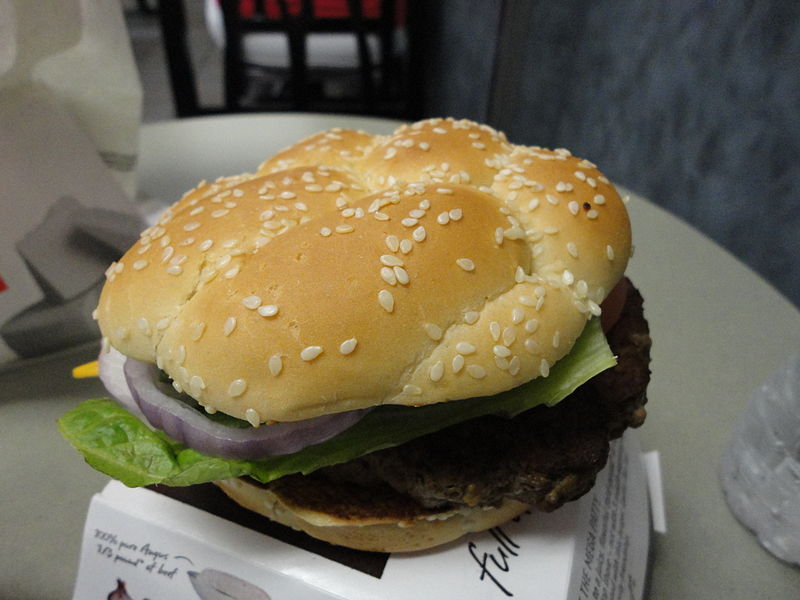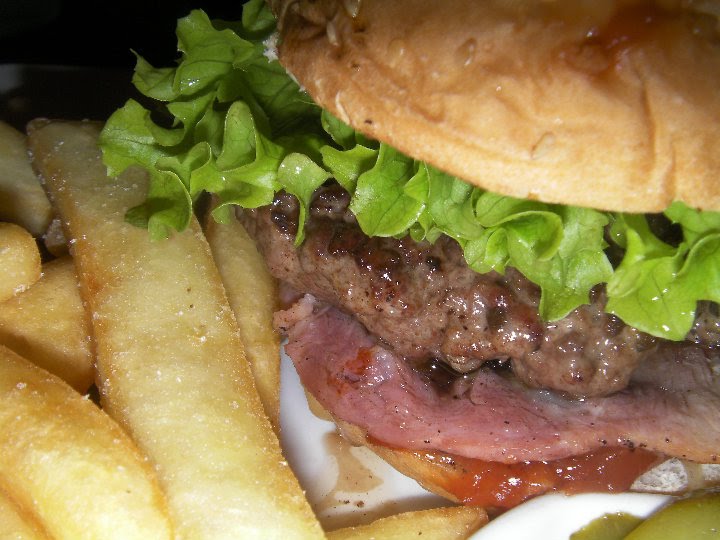The hamburger is more than just a tradition. It has become part of the American culture. With billions having been sold around the world since its inception, the hamburger has become a staple of meals. However, while most of us purchase our hamburgers from fast food places, you can certainly make your own hamburger meat and save money as well.
In order to make your own hamburger meat, you will need a grinder which can be purchased in many different retail stores that offer kitchen appliances and equipment. Otherwise, you are limited to what the grocery store sells in terms of their ground beef products.
What is Hamburger?
Essentially, hamburger is just ground up beef that can be purchased in the store either as ground beef or you can purchase whole meat and do the grinding yourself. While grinding beef does take more time, you can select how much fat or lean meat you want in your hamburger.
Interestingly enough, higher grades of beef do not necessarily make for the best taste in hamburger meat. This is because the fat content and texture of the beef are important factors in how a hamburger actually tastes. This means that you’ll want to focus on the familiar lower grades of beef first to see what works best for you.
How to Make Hamburger Meat?
The actual making of hamburger meat is a very simple process. You simply purchase the meat, cut it into strips, and then feed it into a grinder. Once the meat has been thoroughly ground, you can then make patties that can be cooked to your liking.
Of course, you will need to purchase the right type of meat for your hamburger patties. For the most part, boneless chuck roast is one of the best since it can be easily sliced and ground. It also has no bones or gristle. Boneless chuck roast is also fairly cheap in most stores that have sales on this type of meat.
Tips on Making the Best-Tasting Hamburger Meat
You can also slice the meat to include more lean meat if you want to cut down on the fat. However, it must be noted that the fat provides much of the good taste in hamburgers, so you’ll want to include at least some fat in your slice. Ideally, you’ll want enough fat so that it delivers the delicious nature of the hamburger without including too much that will only be stored as fat in your system.
However, the greater amount of fat that is in the meat, the more it will shrink when you cook it since the fat will tend to burn away. You’ll want to avoid USDA Choice beef as it has too much marbling which cannot be removed through normal measure and the result is beef that contains way too much fat.
You can also choose ground sirloin as it offers far more lean meat. However it will be dryer and less juicy than typical boneless chuck and may not have enough fat to really make it taste as good as you desire. Ultimately, you will simply want to experiment with the different types of meat to find the one that works best for you and your family.
Ingredients in making a hamburger
- 1 pound very lean ground beef, or fresh ground sirloin
- 1/2 teaspoon garlic salt
- 4 slices reduced-fat cheese
- 4 whole-wheat hamburger buns
- Lettuce leaves (optional)
- Mustard (optional)
- Ketchup (optional)
- Barbeque sauce (optional)
- Canola cooking spray
- Freshly ground pepper
Basic steps in making a hamburger
- Put all of the ground beef in a basin. Season it with salt, pepper, and whatever else you like; you can add spices, such Worcestershire sauce, shallots, or chilies. (We choose ground meat with about 20% fat.)
- To prevent the burgers from blowing up, form them into patties by pressing your thumb into the center of each one. Make your patties a little larger than you intend them to be as the burgers may shrink a little after cooking.
- Grilling or frying such burgers requires oiling a grill or a cast-iron pan. Cook them till desired doneness (about 125-130ºF for medium rare, around 1 minute per side for each inch of thickness) (how many times to flip them is debatable; when you’re grilling, you flip once so you can get those wonderful grill marks).
- Toast your buns before adding the cheese. While the burgers are still cooking, let the cheese melt; to hasten the process, you can close the cover.
- Put some toppings and sauces on those burgers once they’ve completed cooking, the cheese is melted, and the buns are well browned. It’s open season. Take a bite, let the juices drip down your chin, and celebrate the arrival of summer. Make another round after that because you now know how.
Types of hamburgers
50/50 burger
Origin: California, United States
Burger patty mixed with half ground beef and half ground bacon, created by Scott Slater for his 50/50 restaurant. Half kangaroo meat and half bacon is another option.
Angus burger
Origin: Scotland
A hamburger made using Angus cattle’s meat. Many fast-food hamburger companies refer to one or more of their “premium” burgers as “Angus burgers,” but the name is not owned by any particular business. Retailers are now offering pre-made frozen Angus burgers.
Aussie burger/Kiwiburger
Origin: Australasia
In Australia and New Zealand, canned beets, pineapple, and a fried egg are common regional hamburger fixings. A hamburger with slices of tinned beet within is shown.
Barbecue burger
Origin: Texas, United States
Cooked after being prepared with ground beef, onions, and barbecue sauce. A single turn of the meat is followed by the application of barbecue sauce, which is then cooked until it caramelizes. The barbecue sauce is lightly smeared over the buttered bread bun before it is cooked on the grill.
Cheeseburger
Origin: United States
Melted cheese is served with the hamburger. The cheese is often sliced, then added just before the hamburger is done cooking to allow it to melt. The name itself is a combination of the terms “cheese” and “hamburger.” American cheese is often added to a cheeseburger in fast food places, but there are many alternative options. Popular options include cheddar, mozzarella, blue cheese, Swiss cheese, pepper jack, and blue cheese.
Veggie burger
Origin: United States, Canada, Mexico
A meat analog, or meat substitute, such as tofu, textured vegetable protein, seitan (wheat gluten), Quorn, legumes, grains, or a variety of vegetables is used in veggie burgers, garden burgers, or tofu burgers. These ingredients are crushed up and made into patties.
Conclusion
A hamburger is a basic but enjoyable sandwich that is made by combining ground beef, bread, cheese, and numerous toppings. Since their humble beginnings as street snacks, hamburgers have evolved into a regular in fast food establishments and homes around. The secret to a great hamburger is utilizing premium ingredients and carefully cooking them, whether you choose a traditional cheeseburger or a creative variation on the recipe.



